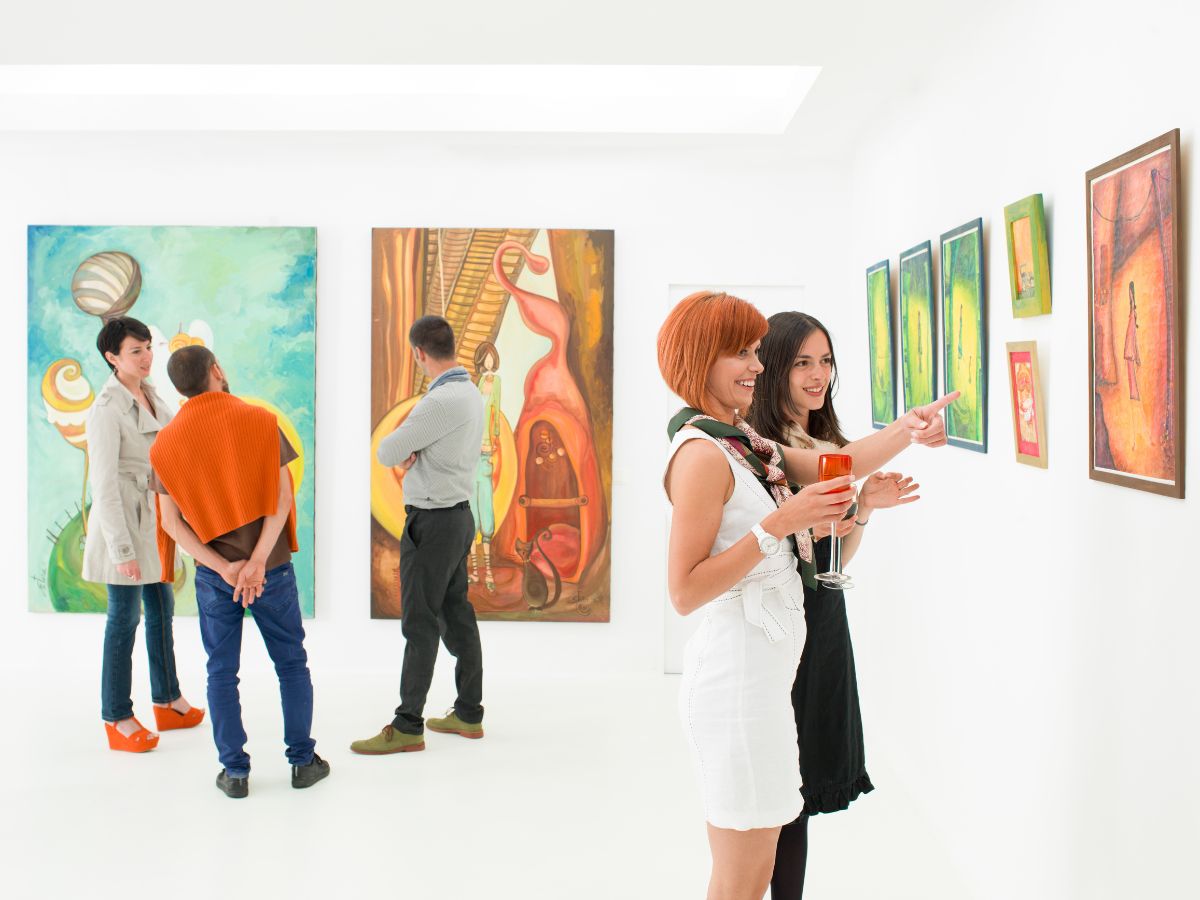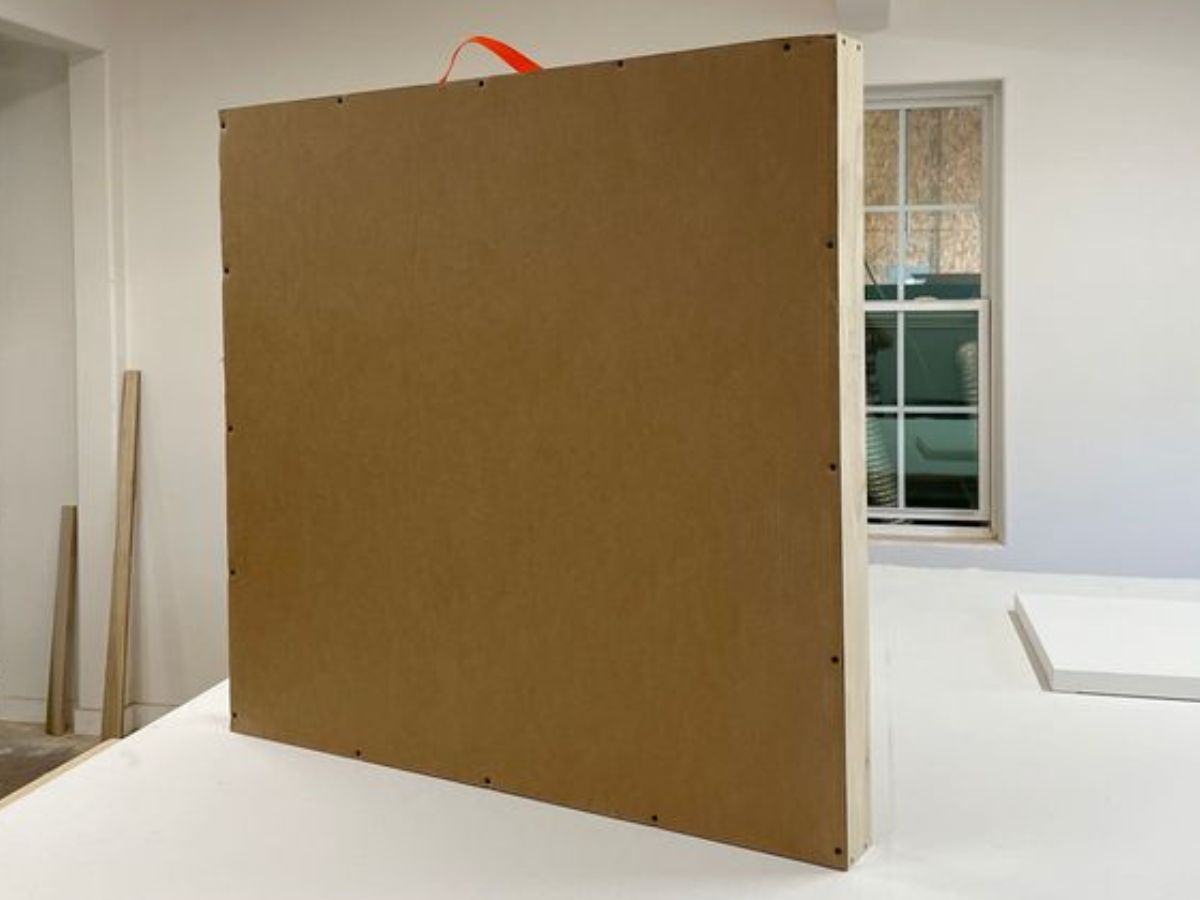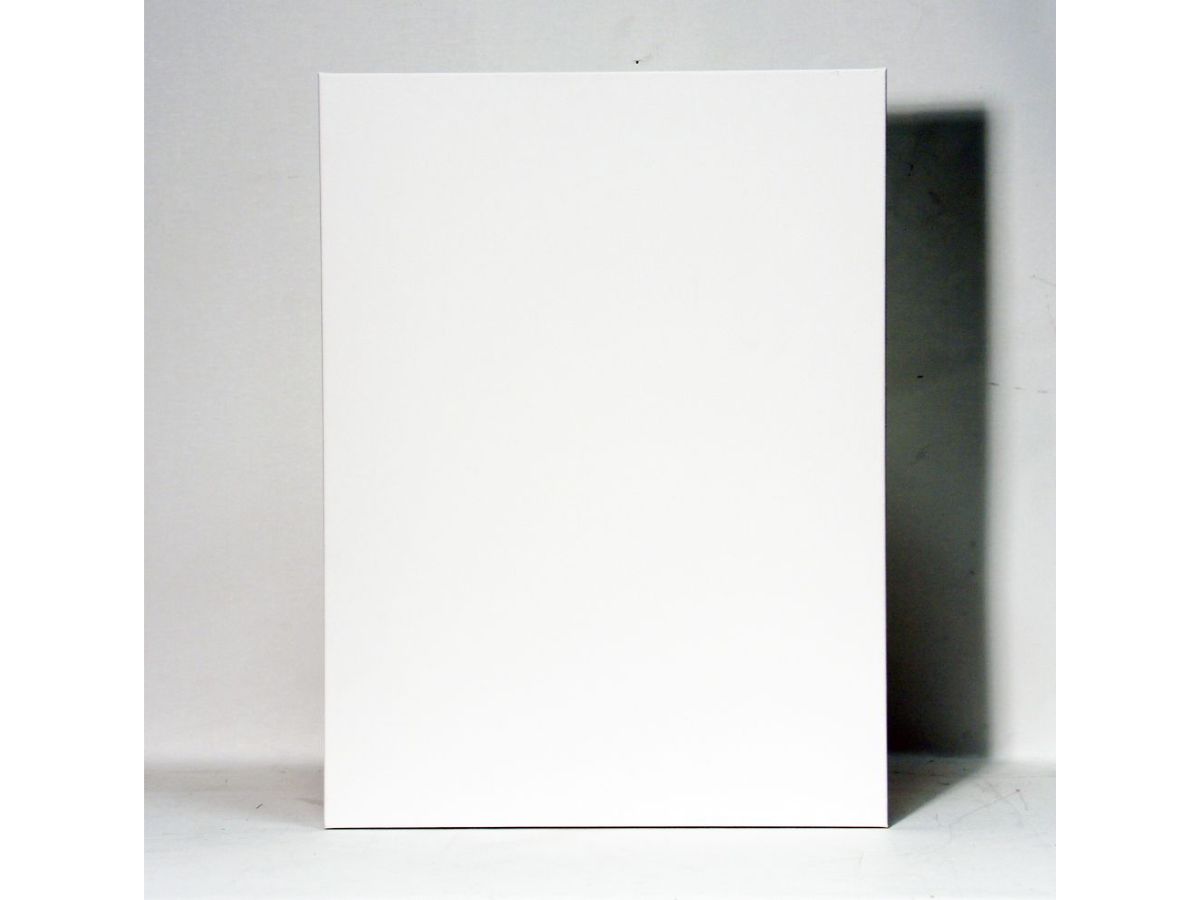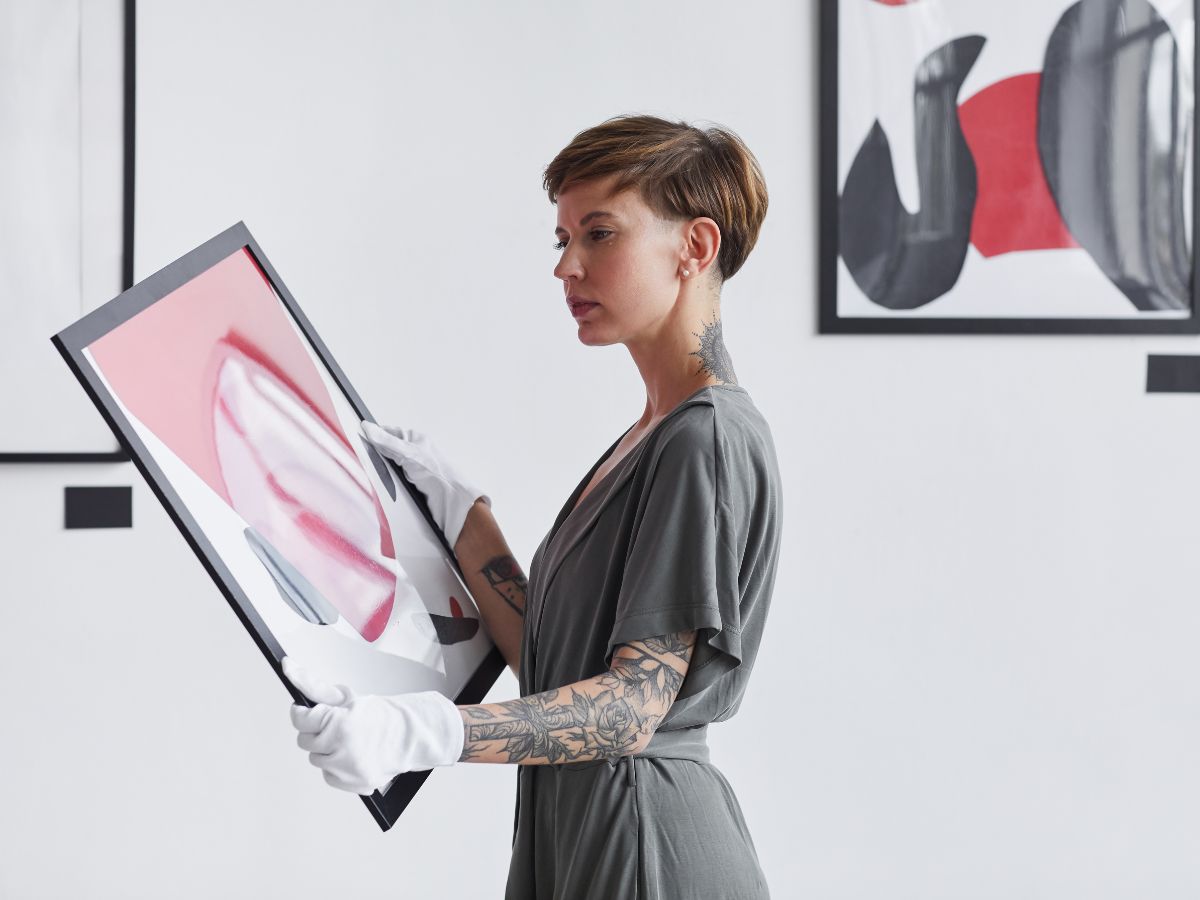
How to Display Your Canvas Art Without a Frame
As artists and gallery owners seek fresh and cost-effective ways to exhibit artwork, displaying canvas art without traditional frames has become increasingly popular. This approach not only reduces expenses but also offers a contemporary aesthetic that can enhance the visual impact of the piece. Below are several innovative methods to present your canvas art without relying on conventional framing.








